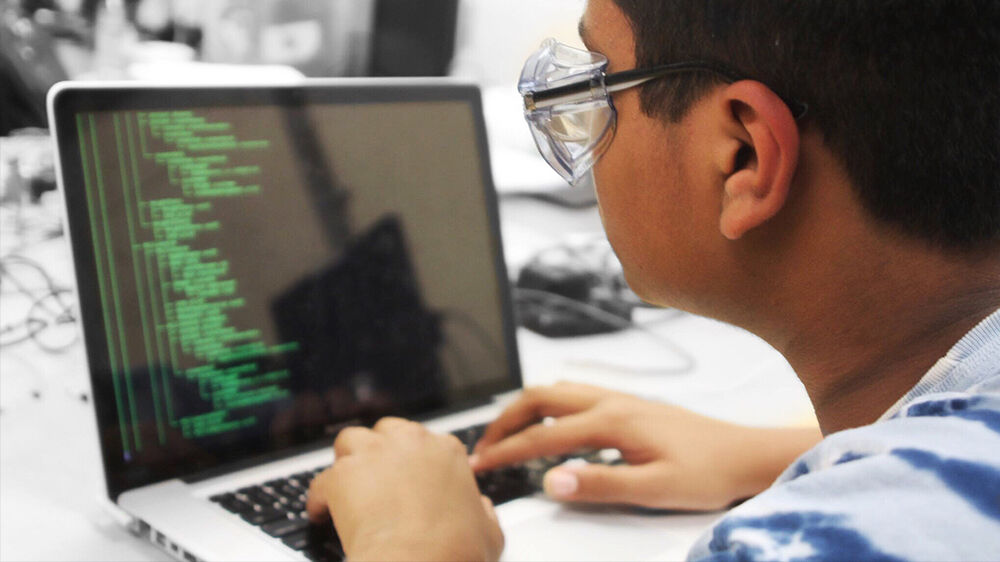Tech
Understanding the Lifeline Assistance Program: How It’s Closing the Digital Divide

Key Takeaways:
- The Lifeline Assistance Program helps provide crucial communication services to low-income households.
- Ensuring equitable access to education, healthcare, and economic opportunities requires addressing the digital divide.
- While impactful, the program faces challenges and has room for improvement and adaptation.
The Internet and mobile technology are essential in today’s world. However, the digital divide between the underprivileged and the wealthy persists. To address this gap, the FCC sponsors the Lifeline Assistance Program. This program provides monthly discounts on communication services to low-income households, ensuring everyone has access to vital communication services.
The Evolution of Communication
The journey of communication technology is nothing short of remarkable. From the days of the telegraph and rotary phones to contemporary high-speed internet services, communication methods have evolved to connect the world in ways previously unimaginable. Today, we live in a burgeoning digital ecosystem where instantaneous communication across continents is every day. However, accessibility to this digital network is not uniform, resulting in a sharp divide that favors the tech-empowered and leaves others behind. It’s this chasm that programs like Lifeline seek to close, ensuring that the milestones of communication history are shared and beneficial to all corners of society.
What Is the Lifeline Assistance Program?
The Lifeline government program is the FCC’s program to help make communications services more accessible to those with significant financial constraints. The initiative helps ensure that low-income consumers can afford 21st-century broadband and the voice services needed to participate fully in society. The program aims to provide low-income consumers with a monthly discount on telecommunications services. It ensures everyone can access reliable communication channels for emergency services, job searches, and maintaining social connections. Eligibility is determined by income level or participation in federal assistance programs like Medicaid or SNAP.
Challenges of the Digital Divide
The digital divide is a significant challenge that affects different areas of our lives, such as academic performance and career development. Many individuals require assistance to complete essential tasks due to a lack of access to phone or internet services, such as accessing healthcare, applying for jobs, completing homework, or calling for emergency assistance. This divide has severe consequences and contributes to poverty and social exclusion. Hence, it is crucial to implement programs such as Lifeline, which aims to democratize digital access and help fight against inequality.
Benefits of Lifeline Assistance
The Lifeline Assistance Program is essential in bridging the divide by offering more than just affordability; it provides a lifeline to the modern digital world. By ensuring that low-income individuals have the means to communicate at their disposal, the program has been influential in alleviating the barriers faced by those living on or below the poverty line. This facilitation paves the way for advancement opportunities, allowing beneficiaries to look for employment online, enroll in educational courses, access health services, and stay connected with family and friends. As such, Lifeline doesn’t just offer financial assistance; it is an enabler of inclusivity and opportunity in a world increasingly governed by digital communication.
How the Program Works
To access the benefits of the Lifeline program, eligible consumers need to apply through a qualified telecom service provider. Once approved, the discount is automatically applied to the consumer’s phone or internet bill. This process has been designed to be as straightforward as possible; however, it does require yearly recertification to ensure that the assistance reaches the intended audience. The availability of this discount can be life-changing as it directly contributes to the individual’s ability to stay informed, connected, and safe in a society where digital literacy is almost as critical as reading and writing.
Measuring the Impact
Various metrics have been set in place to track the effectiveness of the Lifeline program. The FCC frequently publishes program data to showcase successes and areas for improvement. These reports on the FCC’s official news site provide transparency and insights into the program’s administration and impact. Beyond the numbers, anecdotal evidence from program recipients paints a vivid picture of what access to communication services means for individuals and families, often drastically improving their quality of life and opening doors previously closed due to financial hardship.
The Future of Lifeline and Digital Equity
Looking to the future, Lifeline, like many other FCC initiatives, must adapt to meet the evolving needs of an increasingly connected society. It will require consistent updates to its policies and practices and technological innovation to ensure its benefits keep pace with advancements in the industry. The shift towards a more digitally equitable society will involve federal programs like Lifeline and collaborations between policymakers, educators, community leaders, and industry stakeholders to create an inclusive digital environment where access is not limited by socioeconomic status.
Community and Support Networks
The power of local support networks and community organizations cannot be underestimated in promoting the benefits of programs like Lifeline. These entities often act as bridges, connecting individuals with valuable resources, offering training on digital literacy, and advocating for comprehensive public policies. The synergy between federal programs and grassroots efforts is crucial in the collective mission to mitigate the digital divide, ensuring that communities, irrespective of their economic status, can reap the full benefits of the digital era.
Conclusion
As we continue to forge ahead in this digital age, we must remain aware of the disparities in our techno-centric world. It symbolizes a commitment to addressing these disparities, offering hope for those left on the fringes of the digital revolution. By ensuring equitable access to communication services, the program helps to empower not just individuals but entire communities, fortifying the belief that in a world brimming with information, being connected isn’t just a privilege it’s a right. The challenge now lies in building upon this foundation, expanding efforts, and tirelessly pushing towards a future where the phrase ‘digital divide’ becomes a relic of the past.
